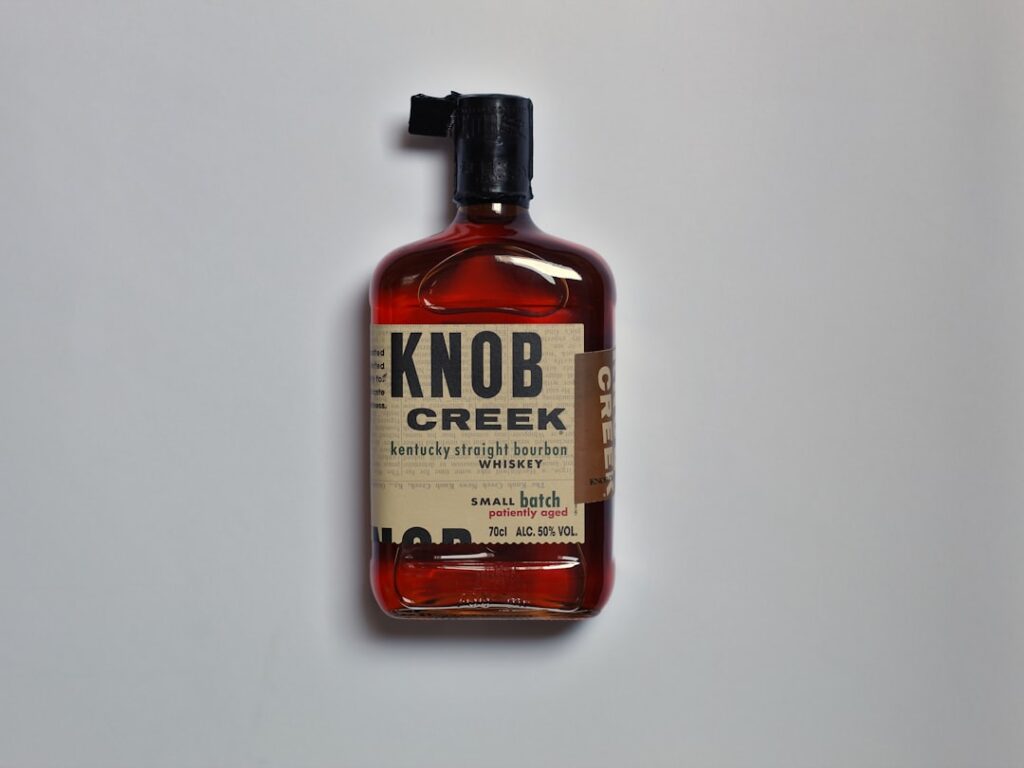Seed corn on foot refers to the practice of planting corn seeds directly into the soil, rather than using traditional planting methods such as using a planter or a seed drill. This method is often used by small-scale farmers and gardeners who do not have access to expensive machinery or who prefer a more hands-on approach to planting. When planting seed corn on foot, it is important to ensure that the seeds are planted at the correct depth and spacing to promote healthy growth and maximize yields. Additionally, it is crucial to choose the right location for planting, prepare the soil properly, and use the correct planting techniques to ensure success.
Seed corn on foot can be a cost-effective and efficient way to plant corn, as it eliminates the need for expensive machinery and can be done by hand or with simple tools. By understanding the principles of seed corn on foot and following best practices for planting, watering, and caring for the crop, farmers and gardeners can achieve successful results and enjoy a bountiful harvest.
Key Takeaways
- Seed corn on foot refers to planting corn directly into the ground without removing the kernels from the cob.
- Choose a location with well-drained soil and full sun for planting seed corn on foot.
- Prepare the soil by tilling and adding organic matter to improve fertility and drainage.
- Plant seed corn on foot by placing the cob directly into the soil at the recommended spacing and depth.
- Water the corn regularly and watch for common problems such as pests and diseases, and harvest the corn when the kernels are fully developed for enjoying the fruits of your labor.
Choosing the Right Location for Planting
When planting seed corn on foot, choosing the right location is crucial for the success of the crop. Corn plants require plenty of sunlight, so it is important to select a location that receives full sun for most of the day. Additionally, the soil should be well-drained to prevent waterlogging, as excessive moisture can lead to root rot and other problems. It is also important to consider the wind patterns in the area, as strong winds can damage young corn plants. Choosing a sheltered location or using windbreaks can help protect the crop from wind damage.
In addition to sunlight, drainage, and wind protection, it is important to consider the soil quality when choosing a location for planting seed corn on foot. Corn plants thrive in fertile, well-drained soil with a slightly acidic pH. Conducting a soil test can help determine the pH and nutrient levels of the soil, allowing for any necessary amendments to be made before planting. By choosing a location with the right sunlight, drainage, wind protection, and soil quality, farmers and gardeners can set their seed corn on foot up for success.
Preparing the Soil for Planting
Properly preparing the soil is essential for successful seed corn on foot planting. Before planting, it is important to clear the area of any weeds, rocks, or debris that could interfere with the growth of the corn plants. This can be done by hand or with the help of a hoe or other gardening tools. Once the area is cleared, it is important to loosen the soil to a depth of at least 6 inches to promote good root development. This can be done with a shovel, garden fork, or tiller, depending on the size of the planting area.
After loosening the soil, it is important to incorporate organic matter such as compost or well-rotted manure to improve soil structure and fertility. Organic matter helps retain moisture, improve drainage, and provide essential nutrients for plant growth. Additionally, adding a balanced fertilizer according to soil test recommendations can help provide the necessary nutrients for healthy corn plant growth. By properly preparing the soil before planting, farmers and gardeners can create an optimal growing environment for their seed corn on foot.
Planting Techniques for Seed Corn on Foot
| Planting Techniques for Seed Corn on Foot | |
|---|---|
| Seed Spacing | 12-18 inches |
| Planting Depth | 1-2 inches |
| Row Spacing | 30-36 inches |
| Seed Population | 22,000-30,000 plants per acre |
When planting seed corn on foot, it is important to use proper planting techniques to ensure even germination and healthy plant growth. Corn seeds should be planted at a depth of 1-2 inches in well-prepared soil. The spacing between seeds should be approximately 8-12 inches apart in rows that are 30-36 inches apart. This spacing allows for adequate air circulation and room for the plants to grow without competing for resources.
To plant the seeds, create a furrow with a hoe or other gardening tool and place the seeds at the appropriate spacing before covering them with soil. It is important to water the newly planted seeds immediately after planting to ensure good seed-to-soil contact and promote germination. Additionally, applying a layer of mulch over the planted area can help retain moisture and suppress weeds. By using proper planting techniques and spacing, farmers and gardeners can promote healthy plant growth and maximize yields when planting seed corn on foot.
Watering and Caring for Seed Corn on Foot
Proper watering and care are essential for the success of seed corn on foot. Corn plants require consistent moisture throughout the growing season, especially during the critical stages of germination, tasseling, and ear development. It is important to water the plants deeply and infrequently to encourage deep root growth and drought tolerance. Additionally, it is important to monitor the soil moisture levels regularly and adjust watering as needed based on weather conditions.
In addition to watering, it is important to provide proper care for seed corn on foot by monitoring for pests and diseases. Common pests that can affect corn plants include corn earworms, cutworms, and armyworms, while common diseases include rust, smut, and leaf blight. By monitoring for signs of pests and diseases and taking appropriate action when necessary, farmers and gardeners can help protect their seed corn on foot from potential damage.
Common Problems and Solutions

When planting seed corn on foot, there are several common problems that farmers and gardeners may encounter. One common issue is poor germination due to improper planting depth or spacing. To address this issue, it is important to ensure that seeds are planted at the correct depth and spacing and that they receive adequate moisture for germination. Another common problem is nutrient deficiencies, which can be addressed by applying a balanced fertilizer according to soil test recommendations.
Pests and diseases are also common problems that can affect seed corn on foot. To address pest issues, it is important to monitor for signs of infestation and take appropriate action such as handpicking pests or applying organic pest control methods. For disease issues, it is important to practice good sanitation by removing infected plant material and applying appropriate fungicides if necessary. By being proactive in addressing common problems and taking appropriate action when necessary, farmers and gardeners can help ensure the success of their seed corn on foot.
Harvesting and Enjoying the Fruits of Your Labor
After months of careful nurturing, it’s time to reap the rewards of your hard work by harvesting your seed corn on foot. The best way to determine if your corn is ready for harvest is by checking its maturity. This can be done by examining the kernels; they should be plump and milky when pierced with your fingernail. If they are still watery or doughy, then they need more time to mature.
When harvesting your seed corn on foot, it’s best to do so in the morning when temperatures are cooler. This helps preserve the quality of your harvest as high temperatures can cause sugars in the kernels to convert into starches quickly after picking. To harvest your corn, simply grasp each ear firmly and twist it downward until it snaps off from the stalk. Once harvested, you can enjoy your fresh corn right away or store it in a cool place until you’re ready to enjoy it.
In conclusion, seed corn on foot is a traditional yet effective method of planting corn that allows small-scale farmers and gardeners to grow this staple crop without relying on expensive machinery. By understanding the principles of seed corn on foot and following best practices for choosing a location, preparing the soil, planting techniques, watering and care, addressing common problems, and harvesting your crop, you can enjoy a bountiful harvest of fresh, delicious corn that you’ve grown with your own hands.
Sure, here’s a paragraph that mentions a related article to seed corn on foot and includes a link to the article:
“Are you interested in learning more about the benefits of seed corn on foot? Check out this insightful article on howetilelock.com that delves into the advantages of using seed corn on foot for sustainable farming practices. Discover how this innovative method can improve soil health, increase crop yields, and reduce environmental impact. Whether you’re a seasoned farmer or just starting out, this article provides valuable insights into the potential of seed corn on foot for modern agriculture.”
FAQs
What is seed corn on foot?
Seed corn on foot, also known as seed corn or seed corn callus, is a painful condition that occurs on the bottom of the foot. It is caused by excessive pressure and friction on the skin, leading to the formation of a thick, hardened area of skin.
What are the symptoms of seed corn on foot?
The symptoms of seed corn on foot include a small, circular area of thickened skin, often with a central core or plug. This can cause pain and discomfort, especially when walking or standing.
What causes seed corn on foot?
Seed corn on foot is typically caused by repetitive pressure and friction on the skin, often due to ill-fitting shoes, high heels, or walking barefoot on hard surfaces. It can also be caused by foot deformities, such as hammertoes or bunions.
How is seed corn on foot treated?
Treatment for seed corn on foot may include regular use of a pumice stone or foot file to gently remove the thickened skin, wearing cushioned insoles or pads to reduce pressure on the affected area, and using moisturizing creams to keep the skin soft and supple. In some cases, a healthcare professional may need to remove the seed corn using a scalpel.
Can seed corn on foot be prevented?
Seed corn on foot can be prevented by wearing properly fitting shoes, avoiding high heels and shoes with narrow toe boxes, and using cushioned insoles or pads to reduce pressure on the feet. Regularly moisturizing the feet and using a pumice stone or foot file to keep the skin smooth can also help prevent seed corn from forming.





